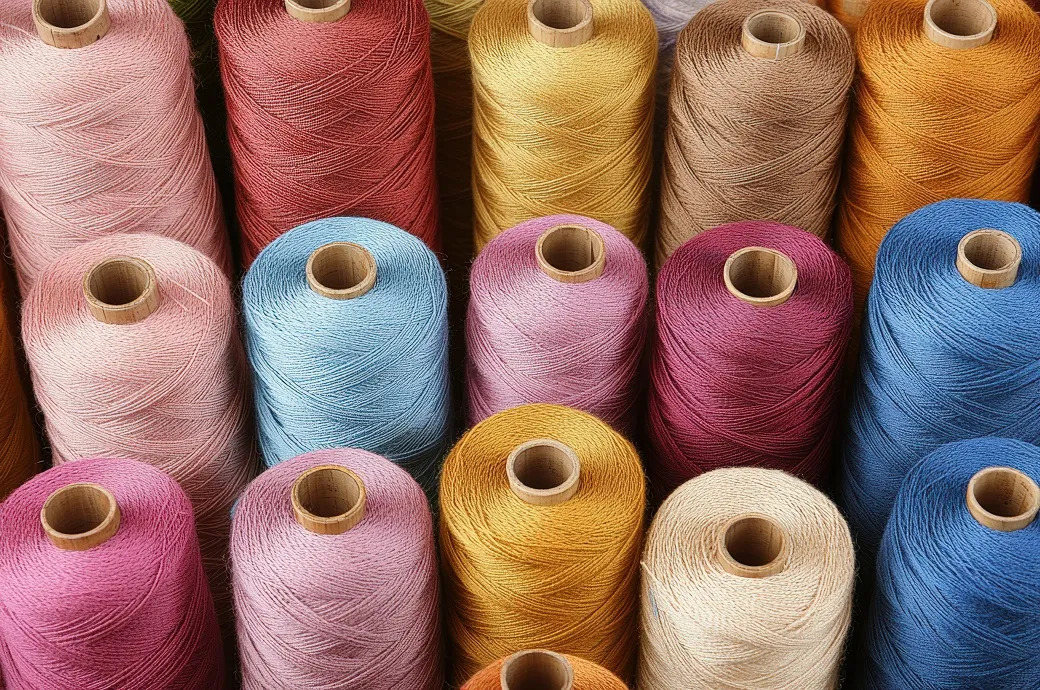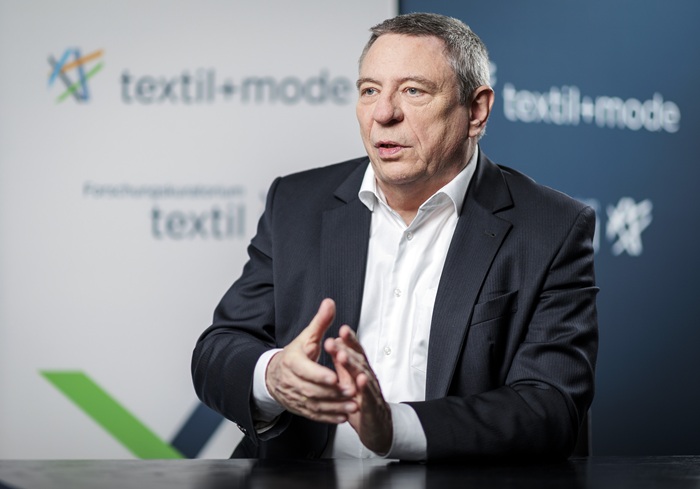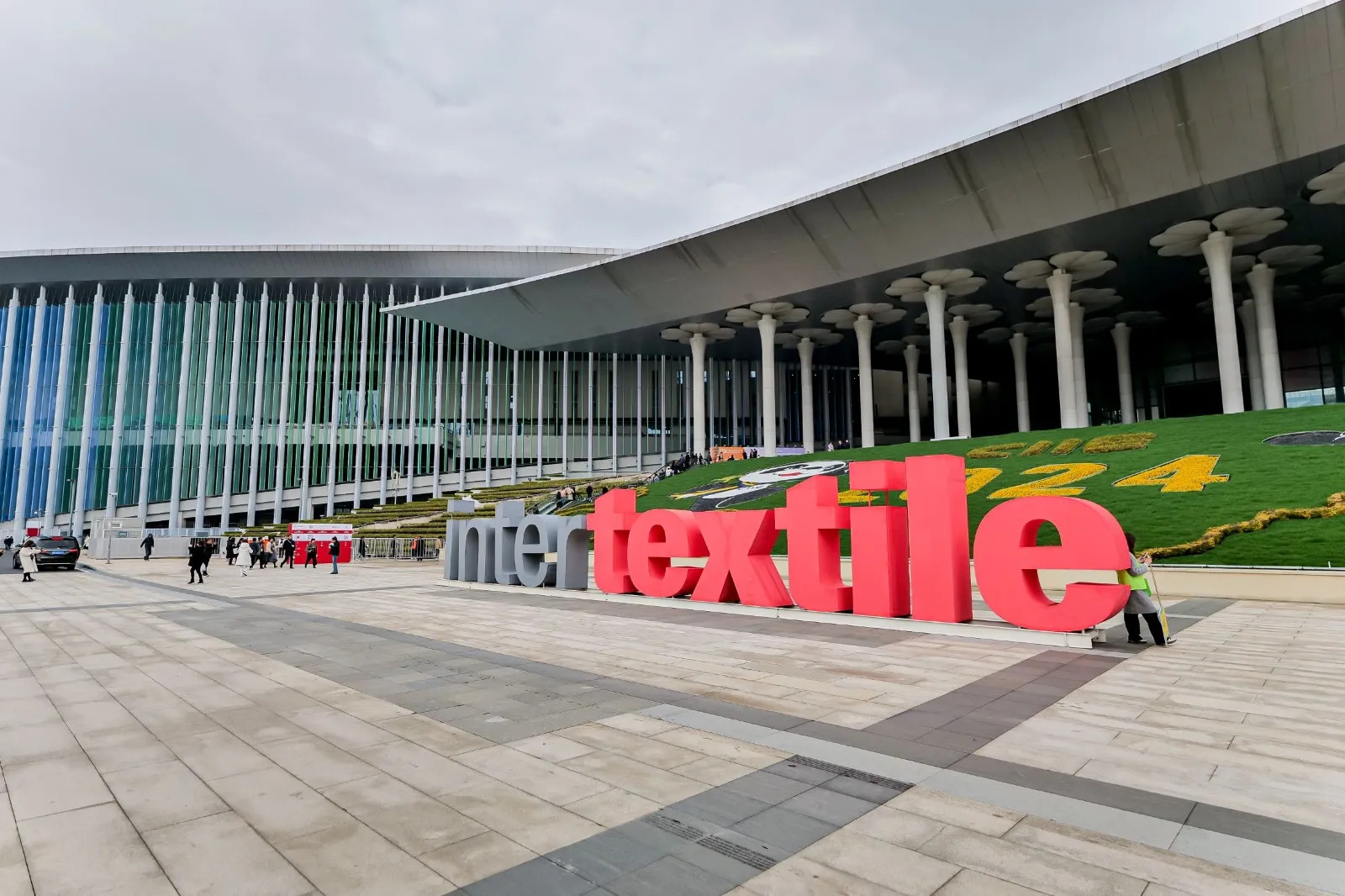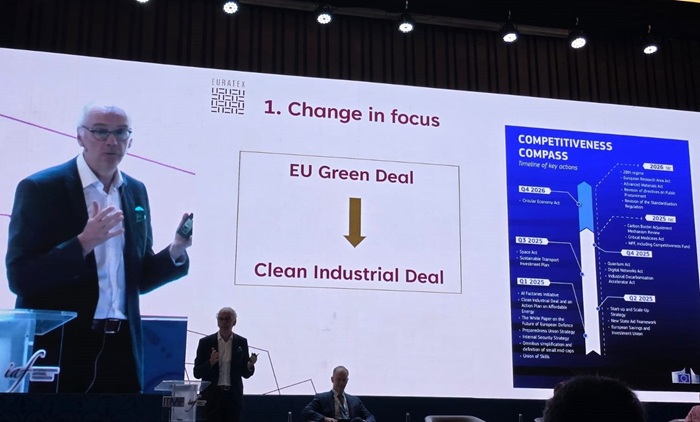FW
The fashion world in the US is bracing for big changes. Donald Trump will probably call for a withdrawal from the controversial Trans-Pacific Partnership. The countries that agreed to the TPP in 2015 were the US, Canada, Malaysia, Australia, Japan, New Zealand, Mexico, Peru, Chile, Singapore, Brunei and Vietnam.
But several footwear and apparel organizations — including the Footwear Distributors & Retailers of America and the American Apparel & Footwear Association — as well as footwear brands such as Nike have been vocal proponents of TPP, which promised to eliminate more than 18,000 taxes and other trade barriers, strengthen ties among member countries and increase economic growth.
Trump has also hinted that hefty tariffs could hit major importers, including fashion firms, in 2017. Apparel and footwear associations feel consumers would ultimately pay the consequences for Trump’s punitive tariffs and they predict far-reaching implications for innovation and growth at US firms in 2017. They say a tariff would hurt US companies and their workers to the extent that those tariffs get absorbed as extra costs in the supply chain. This will deny the ability of companies to invest in research and development or to expand and hire more workers. Trade experts fear that Trump’s trade policies could set the US up for a trade war.
In a step taken pursuant to the approval of the committee of the Board the company, Bombay Dyeing & Manufacturing Company has entered into an agreement for sale of MIDC Land & Building and some specific utility machineries of its Ranjangaon unit situated at Ranjangaon in Maharashtra, at an aggregate value of Rs 174.45 crores. The company has also entered into an agreement for sale of a company owned flat at Beach Towers, Prabhadevi, Mumbai at a value of Rs 9.4 crores. Bombay Dyeing & Manufacturing Company is a holding company that is engaged in finishing of cotton and blended cotton textiles; manufacturing of bedding, quilts, pillows and sleeping bags; real estate activities, and manufacturing of polyester Staple Fiber.
According to industry data compiled by the Korean International Trade Association (KITA), the South Korean textile sector may suffer trade deficit for the second time in the row due to the cheap Chinese products flooding the market. As per the data, the textile industry witnessed a decrease of 4.8 per cent year-on-year in the first 11 months of the year to make US $ 12.4 billion and imports of clothing and textiles dearer by one per cent. The imports in the country reached US $ 13.52 billion over the period of January to November in 2016.
If the scenario continues to remain the same in the last month of the gone-by year, imports may exceed the earlier record of US $ 14.65 billion in 2014. The textile industry of South Korea has already logged a trade deficit of US $ 1.09 billion exceeding last year’s deficit of US $ 157 million by a huge margin. High labour costs and competition from foreign countries like China affected the industry’s profitability.
If TPP is implemented, Vietnam’s textile & garment export turnover to the US would increase by 30-40 per cent in the first year of the agreement and would increase two-fold after three to four years, according to analysts. The US consumes 50 per cent of Vietnam’s total textile & garment export turnover.
In October 2016 alone, Vietnam exported $9.476 billion worth of textile & garment products to the US. This means that export turnover would reach $16 billion by 2018, an increase of $3 billion and to $20 billion by 2020.
However, the figures may be unattainable after Donald Trump, who takes office as the 45th US President on January 20, is against the TPP because of concern about jobs for US citizens as the domestic industry will have to compete with imports from TPP countries.
Truong Van Cam, Vitas’ secretary general however maintained that Vietnam will still see its textile & garment exports to the US increasing with or without TPP. In recent years, the export turnover to the market has been growing steadily by 12-13 per cent per annum, while the US import turnover has been growing by 3 per cent only. Vietnam’s products just account for 9 per cent of the US total textile & garment imports.
According to Le Quoc An, a textile & garment expert and former chair of Vitas, there are three possible scenarios for Vietnam. First, TPP could take effect, but the content of the agreement would change. If so, Vietnam’s export turnover to the US would be 50 per cent lower than initially designed. Second, TPP fails. If so, Vietnam’s exports to the US will still enjoy MFN like other WTO members. In this case, exports would depend on US economic performance. Third, there is no TPP, and the Trump administration imposes a monitoring scheme and anti-dumping duties on imports from Asia, including Vietnam. If so, Vietnam’s exports would decrease.
According to a survey of the Chamber of Commerce and Industry of Vietnam on labour market trends, with the technology movement gaining ground in Vietnam, millions of workers in the textile sector are likely to get affected. This is one of the major downsides of the technological revolution that has, for many years, also greatly benefited people and economies.
To ensure jobs, not only the State and enterprises, but also the workers themselves have to improve their skills to adapt. This statement came from Dao Thi Thu Hien, chief of office of Canon Vietnam seven years ago. Canon Thang Long Plant in Dong Anh District employed 13,000 workers but the number had dropped to 8,000 with automation while turnover and production remain stable. According to Hien with robots and computing advancements replacing workers, especially those performing repetitive tasks, low-skilled workers have been the most harmed.
Deputy General Director of the Garment No.10 Corporation, Nguyen Thien Ly said that the trend of using technology to replace human labour was indispensable in order to reduce costs and compete. In recent years, the company had to invest in equipment to cut labour costs, she said. For example, an automatic cutting machine could replace 12-15 employees, said Lý. Over the past year, the garment industry faced difficulties due to the increase of labor costs in Vietnam while there were fewer preferential tax policies so application of new technologies replacing labour will partly help solve this difficulty.
According to a survey by the International Labour Organisation (ILO), some foreign-invested garment factories in Vietnam put advanced technology in use last year to replace 10 to 15 workers in each stage of production to meet the trend of integration. In the coming years, 86 per cent of Vietnamese workers are at high risk of losing their jobs to automation, according to the ILO’s study. Robots will replace three-quarters of the workers, the study said.
Former Peruvian Ambassador to Washington Harold Forsyth has said that the bilateral relationship between Peru and the United States will remain positive and solid under the Donald Trump administration once he takes office in January. Historically, the relations with the world’s leading power have been quite good and were strengthened under the Obama administration.
Forsyth, who served as Deputy Minister of Foreign Affairs under the Toledo administration (2001-2006), noted that Peru and the United States work together in many fields, such as trade and cooperation, which raises hopes of an excellent future. Bilateral trade has remained intense to such an extent that currently, the US is the second largest trading partner of Peru after China.
In addition, Peru has a free-trade agreement (FTA) with the US in effect for nearly eight years. Peru has signed an FTA and commercial interests are quite strong on either side. This is a good opportunity to encourage Peruvian entrepreneurs to use the FTA and boost their non-traditional products where there is plenty of space, he observed. The ambassador sounded confident that the bilateral cooperation in the fight against drugs will remain active and effective within the next four years. Donald Trump will take office on January 20 after a nearly two-year campaign that concluded on November 8 with his victory on Democrat Hillary Clinton.
As per the 46th national collective agreement, the minimum wage of the Nigerian textile and apparel workers will increase by 13 per cent to N32,000 (US$101) per month. The said agreement has been signed by the National Union of Textile, Garment and Tailoring Workers of Nigeria (NUTGTWN) and the Nigeria Textile Garment and Tailoring Employers Association (NTGTEA).
Post the wage hike, the minimum wage in Nigerian textile and garment industry would be more than 70 per cent of the current national minimum wage of N18,000. Sources say that the increase in minimum wage rate will enable the labourers in the textile industry to deal with the economic recession.
Through the collective bargaining process, there was 18 per cent and 15 per cent rise in the wage rate in 2012 and 2014 respectively, according to NUTGTWN. Collective bargaining is a process of negotiation between employers and a group of employees aimed at agreements to regulate working salaries, working conditions, benefits, and other areas of workers’ compensation and rights.
The rollout of the goods and services tax (GST) is likely to be delayed by two or three months, it is understood. Though the government is yet to lock down a date, but is likely to settle for either the first day of June or July 1.
Expectations are that the GST legislation will be introduced in the first half of the budget session by the Ministry of Finance when the government will seek to get it passed after the recess. While the new dates would delay the rollout, they are also well within the mandatory deadline of September after which the central and state governments will lose powers to levy any indirect taxes other than GST. Differences between the centre and the states, especially over the sharing of powers, has delayed the final approval for supporting legislations for GST, a tax reform which will for the first time bind the country into a common market.
Arguing that state finances cannot withstand the double whammy of demonetization and GST, states like Kerala and West Bengal had sought a delay in the implementation of the tax. GST will subsume a host of indirect taxes levied by the centre and the states, including excise duty, service tax, value-added tax, entry tax, luxury tax and entertainment tax.
Though its implementation would have been easier from the beginning of a fiscal year, it can be implemented anytime. GST is an indirect tax levied at the point of sale and hence can be introduced at the beginning of any month.
Finance minister Arun Jaitley is expected to announce the timetable for this ambitious tax reform in his budget speech on the first of February. The finance ministry will also have to work out its revenue estimates for 2017-18 based on GST’s implementation date.
Prices of cotton seed oilcake has been trending lower over the past couple of months. Traded on the National Commodity & Derivatives Exchange Limited (NCDEX), the by-product of kapas (raw cotton) peaked at Rs. 2,791 per quintal in July and has since fallen by a steep 28-odd per cent to Rs. 2,012 per quintal now.
Expectations of higher production of cotton this year led to a sharp fall in prices over the past couple of months. From here on, while prices may not correct sharply, they are likely to remain under pressure in the near term. Kapas is unginned cotton or the white fibrous substance covering the seed, obtained from the cotton plant. Upon ginning, the lint (about one-third in weight) and the seed (two-thirds in weight) get separated.
While lint becomes the raw material for cotton yarn or thread, the seed is crushed for extraction of oil. The by-product which remains after extraction of oil is called cotton seed oilcake, which is mainly used as cattle feed. The cotton seed oil recovery is around 12 per cent while the oilcake forms 86 to 88 per cent.
As of mid-December 2016, exports from garments firms in Myanmar, employing the cutting, making and packaging (CMP) system, rose to $1.157 billion up 83.7 per cent as against $629.709 million in the same period of the last fiscal. Exports to Japan, the largest apparel importer from Myanmar accounted for 33 per cent of all clothing exports.
Quoting statistics from the Myanmar ministry of commerce, it has been reported that Japan was followed by South Korea and Germany with 25 per cent share each in exports in addition to shipments to China and the American markets. A majority of the investments permitted by the Myanmar Investment Commission (MIC) in the current fiscal has streamed into the clothing production industry. There are over 400 apparel manufacturing units in Myanmar that employ over 300,000 people.












